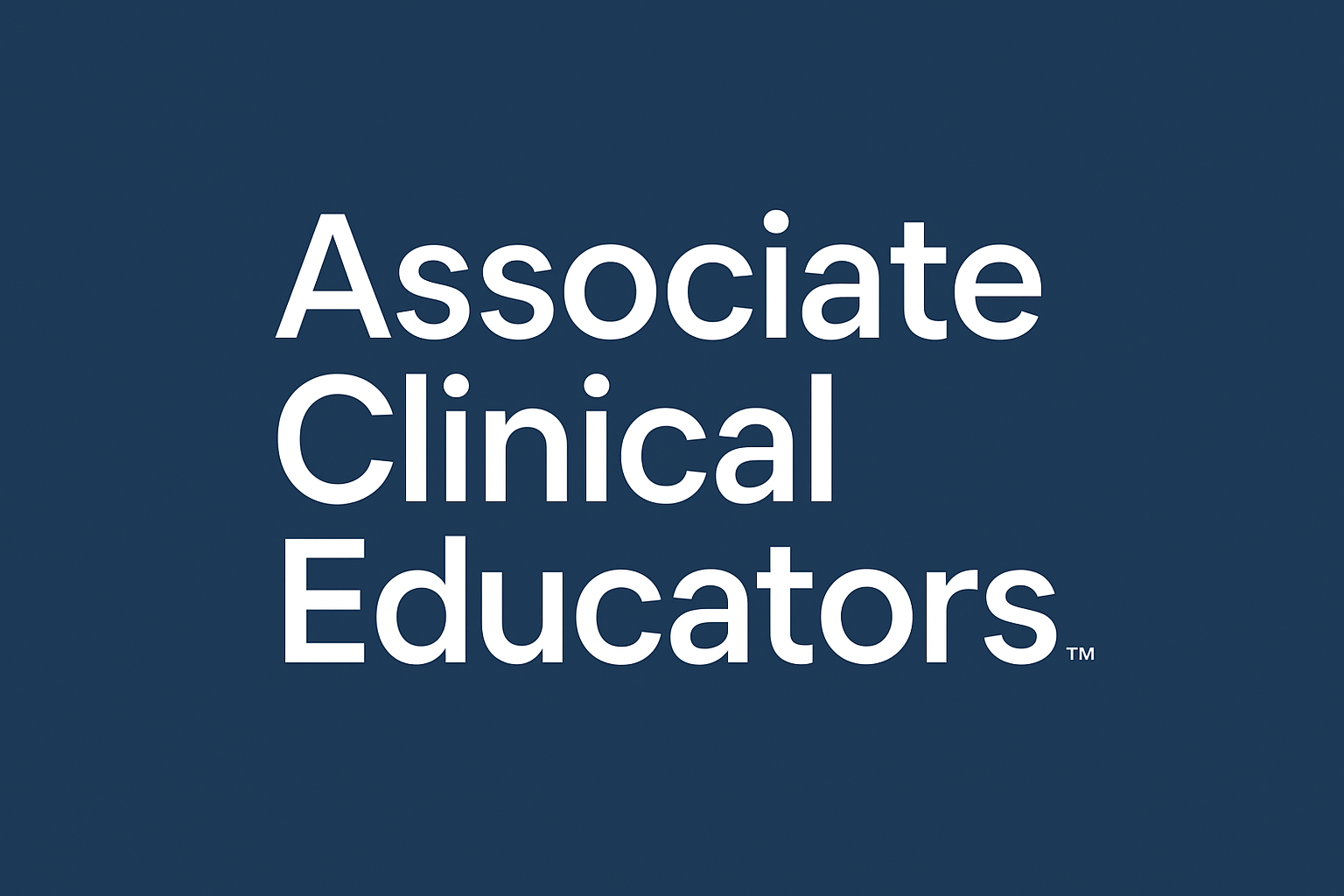Meducate Academy’s Unwavering Commitment to Pharmacists & Physician Associates
Meducate Academy is making waves in healthcare education, from a successful venture with Physician Associate students at Chester Medical School to expanding collaboration with Cliniskills across multiple locations. Discover the...
Read More

